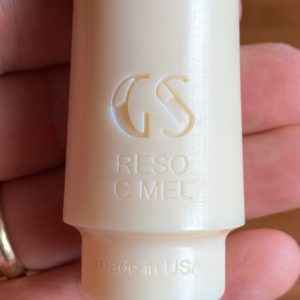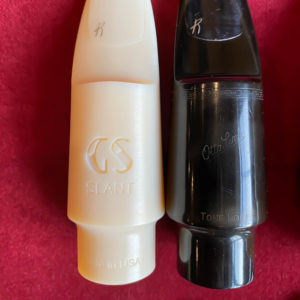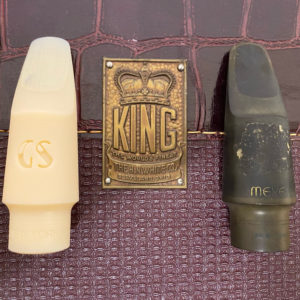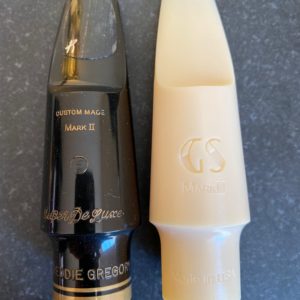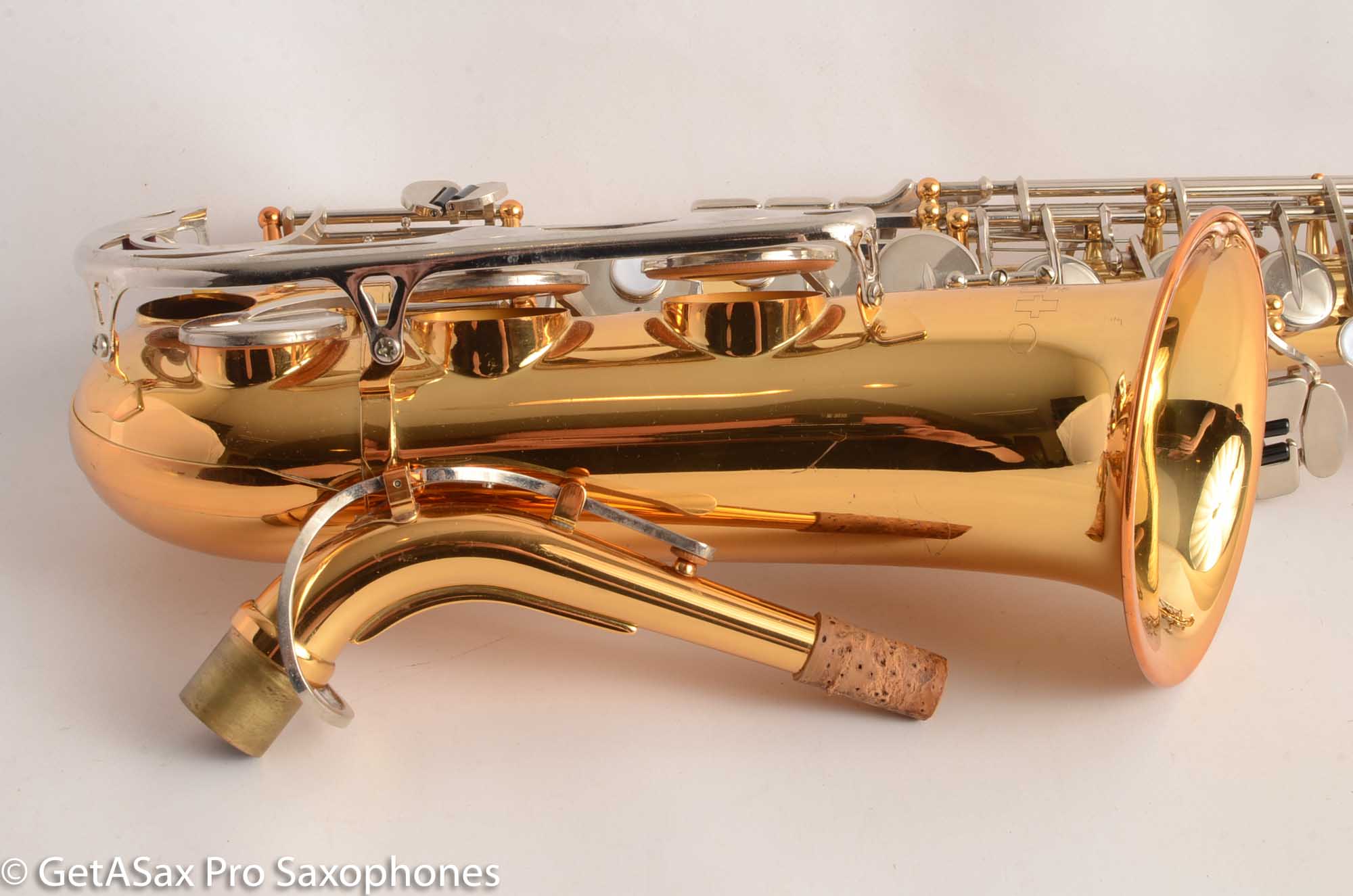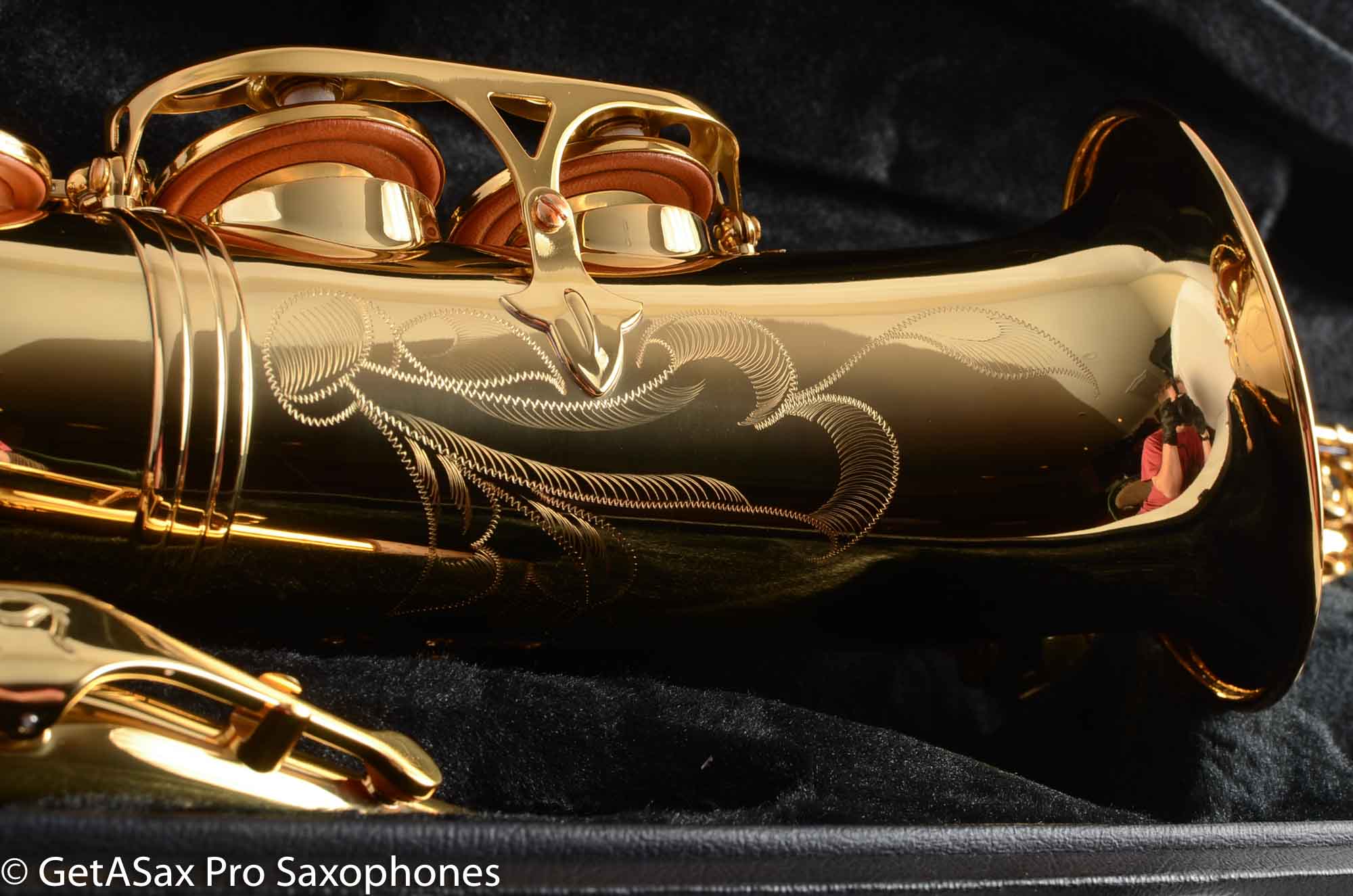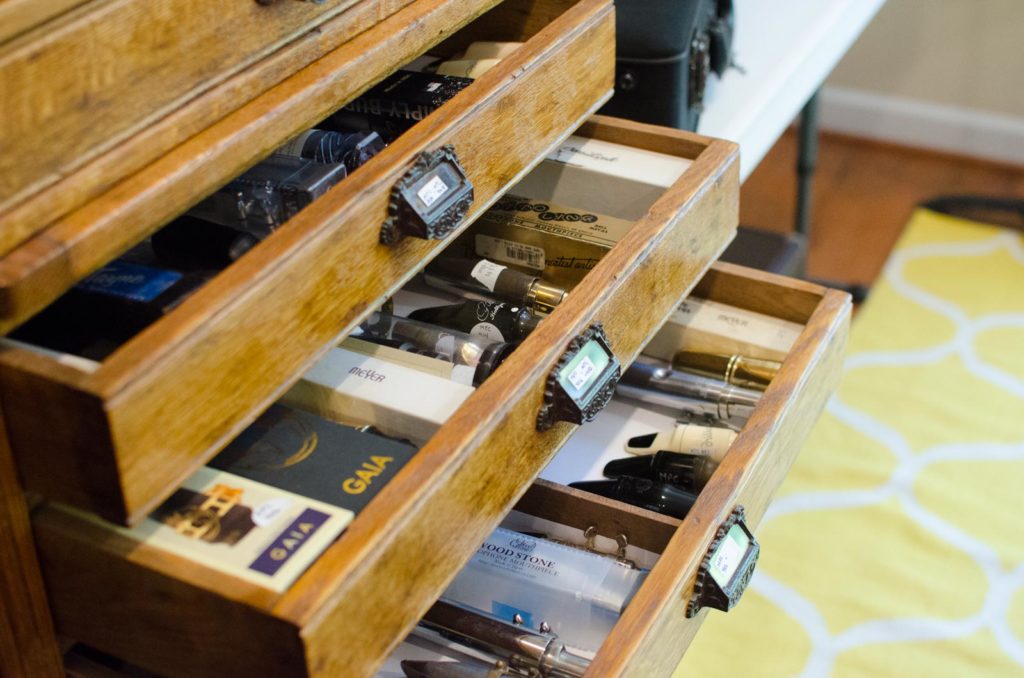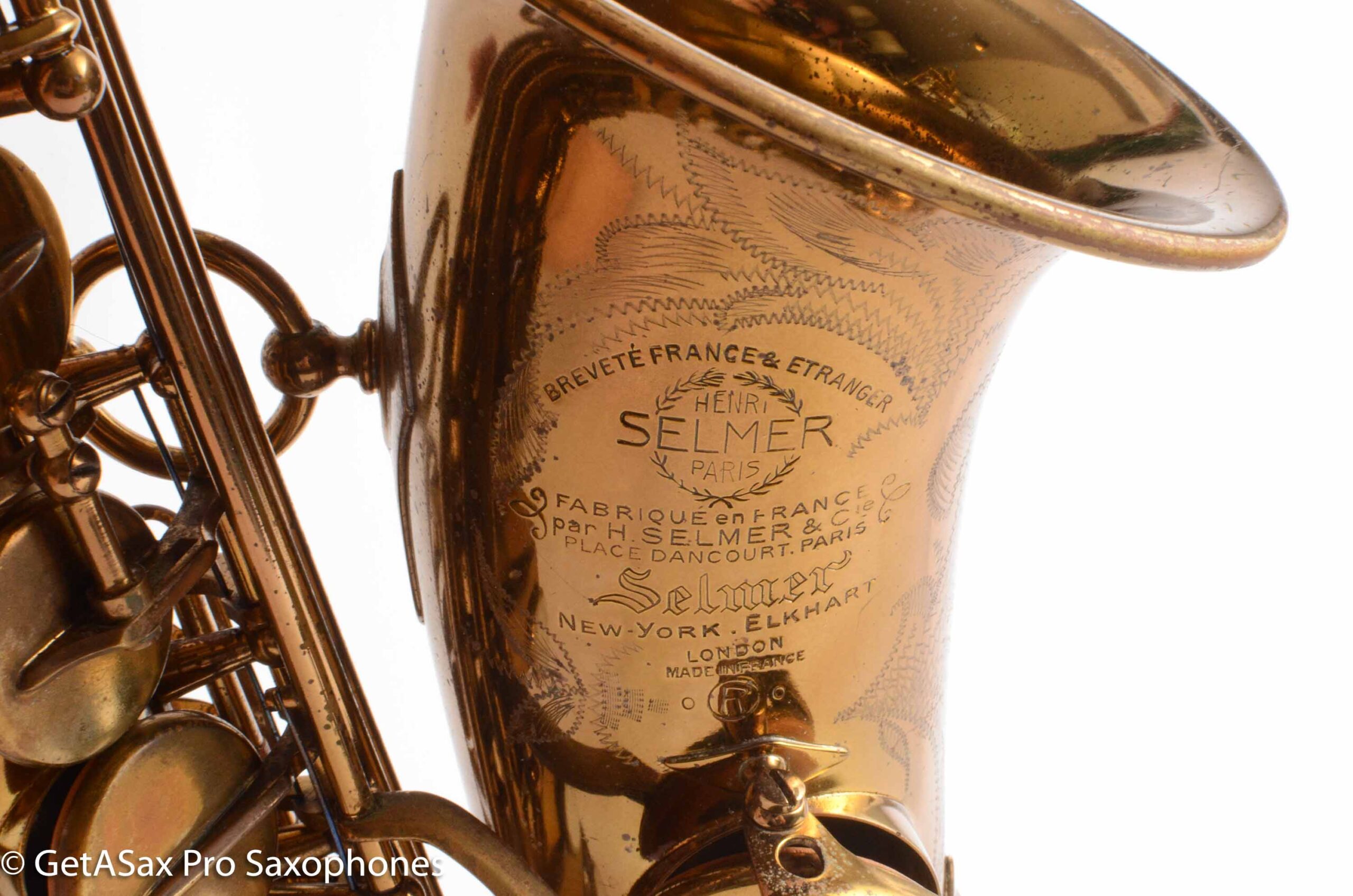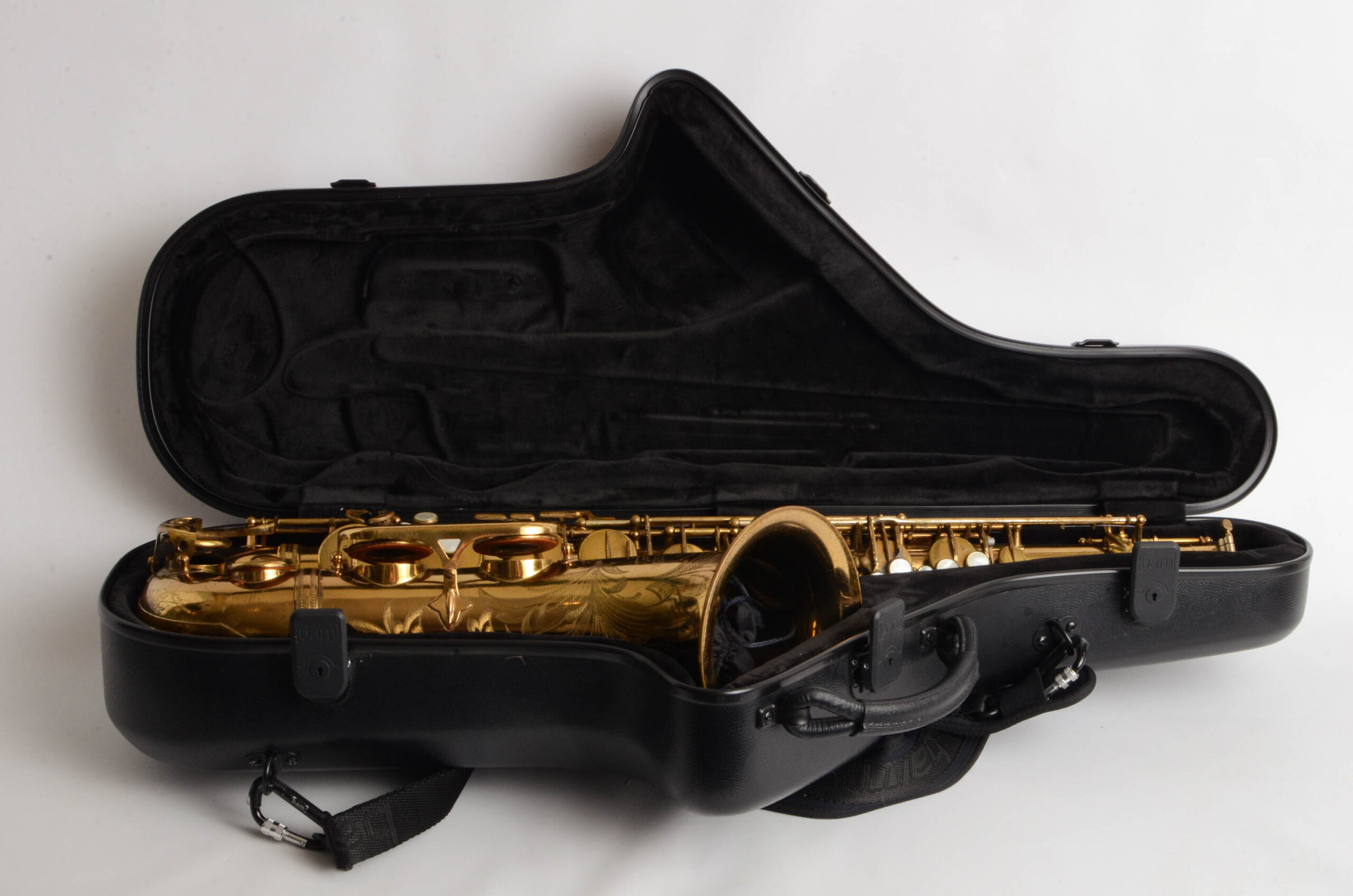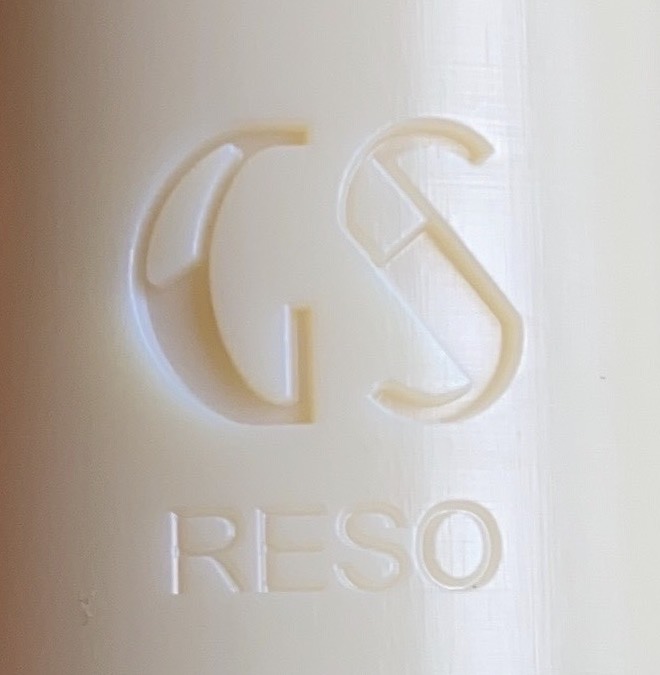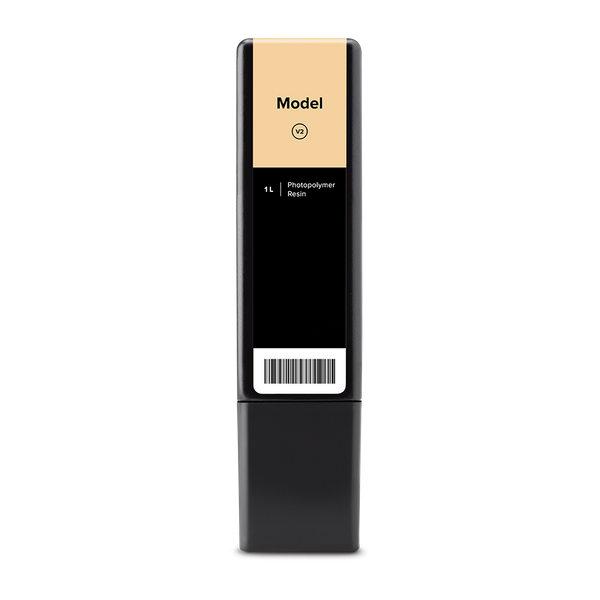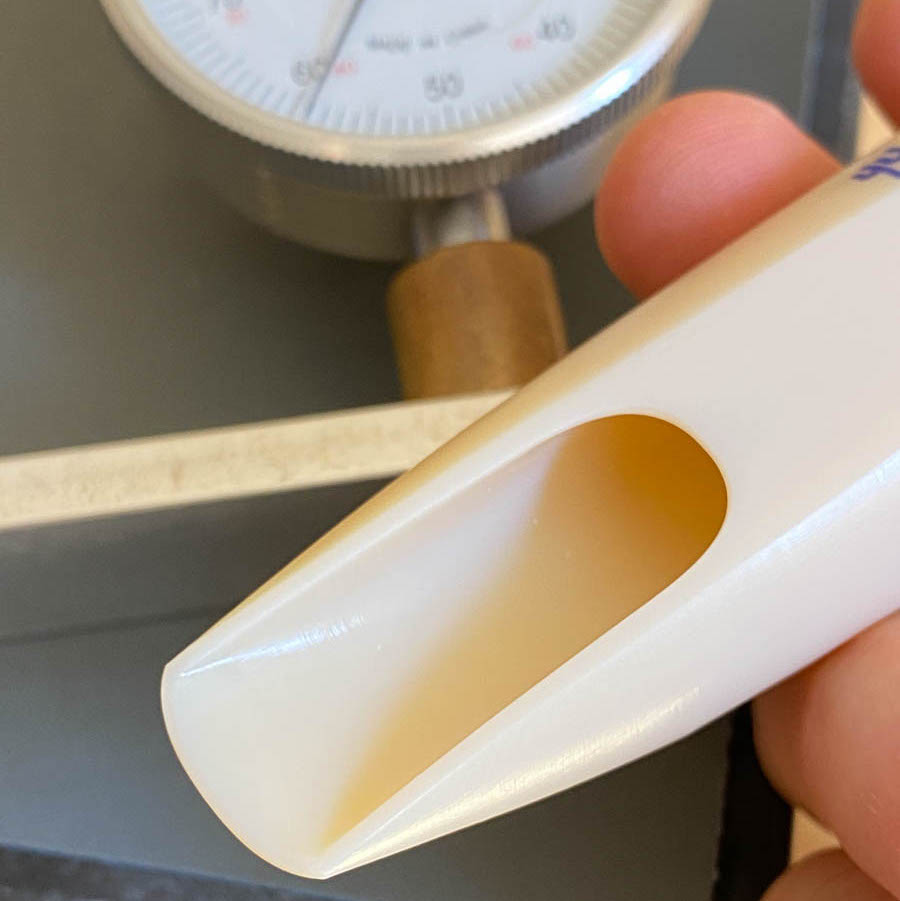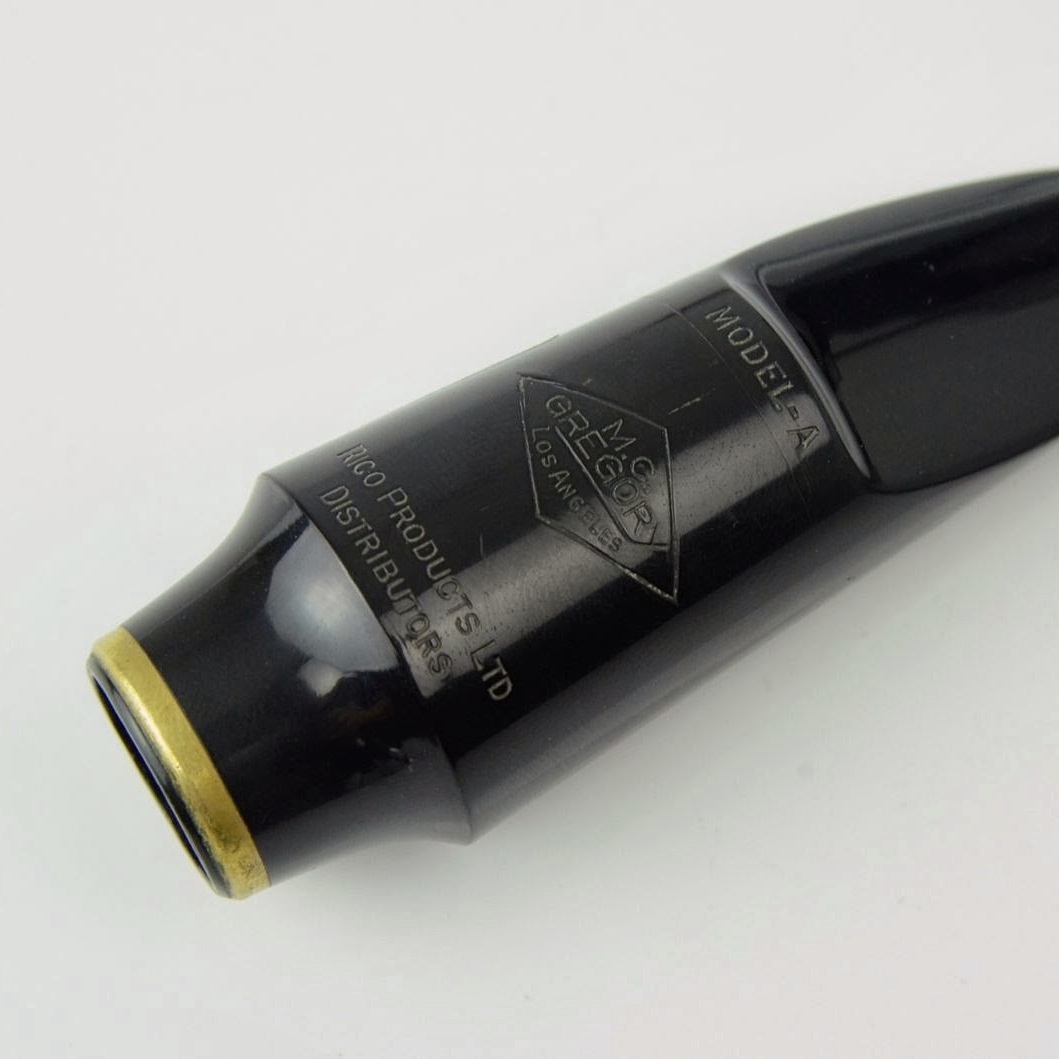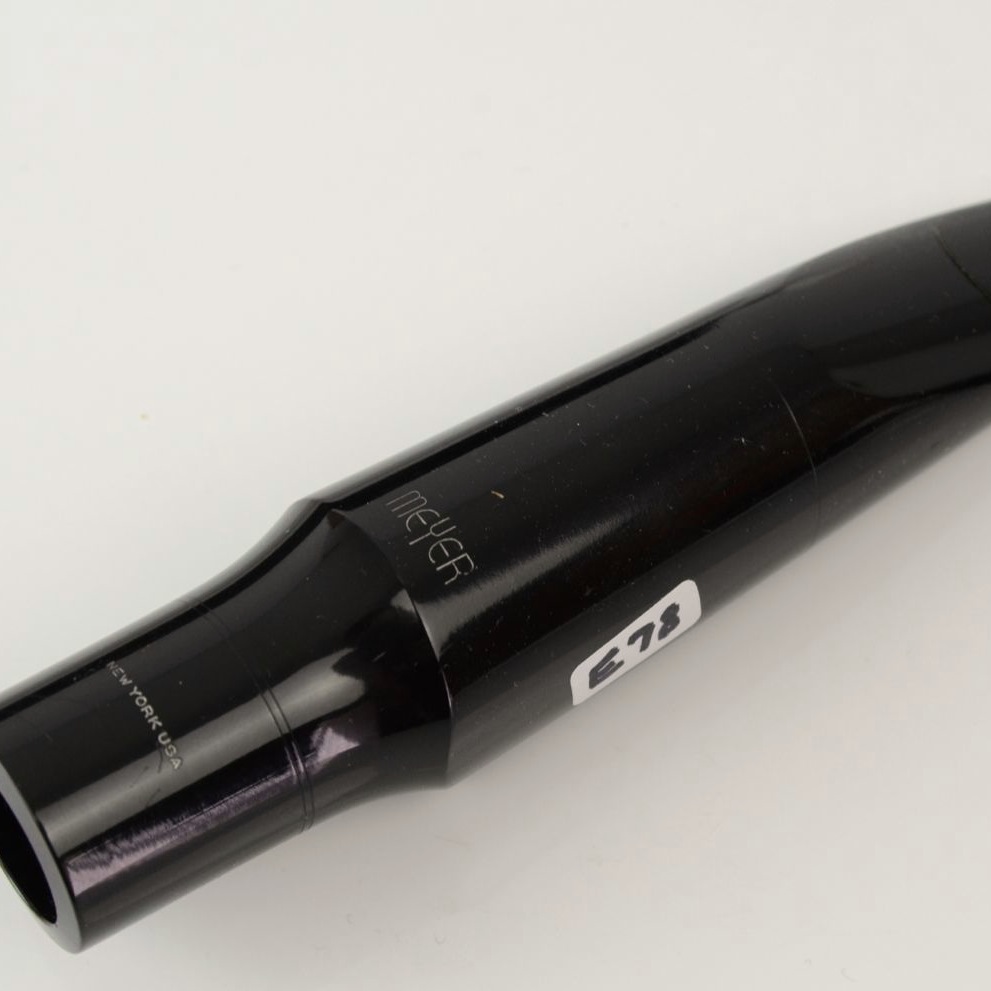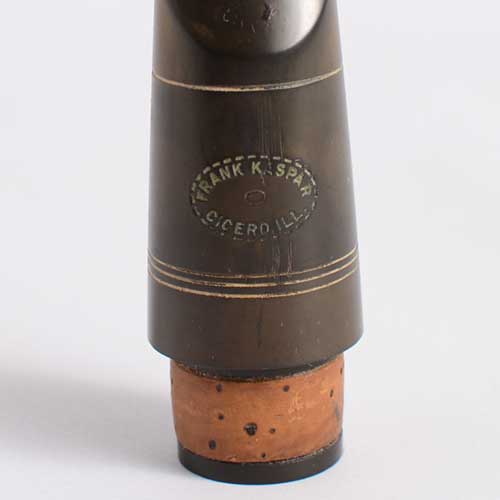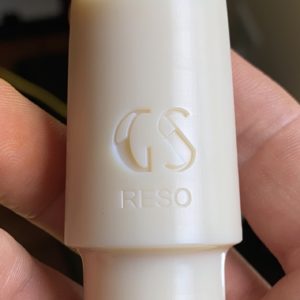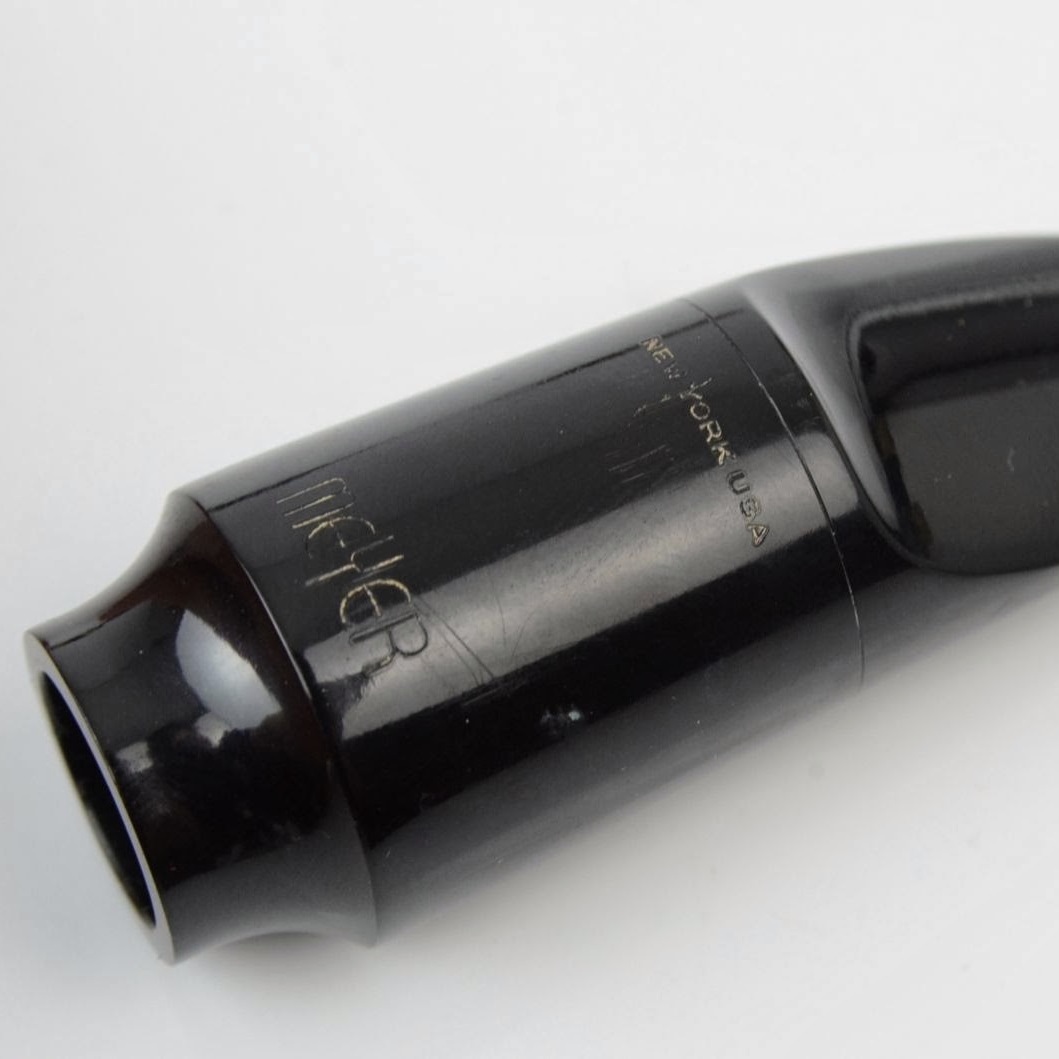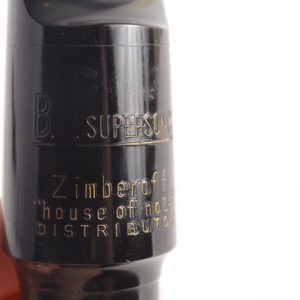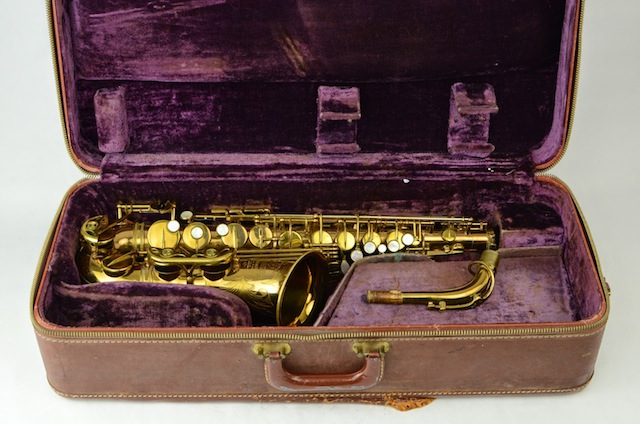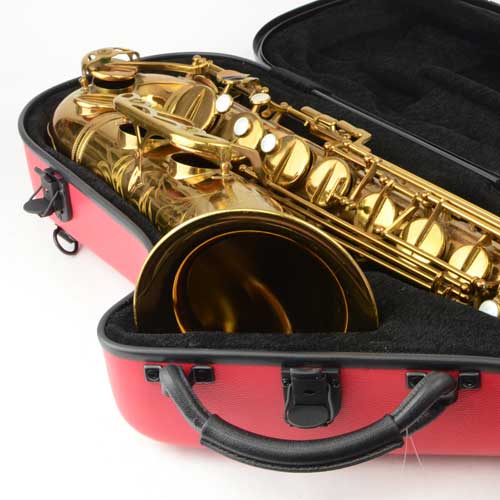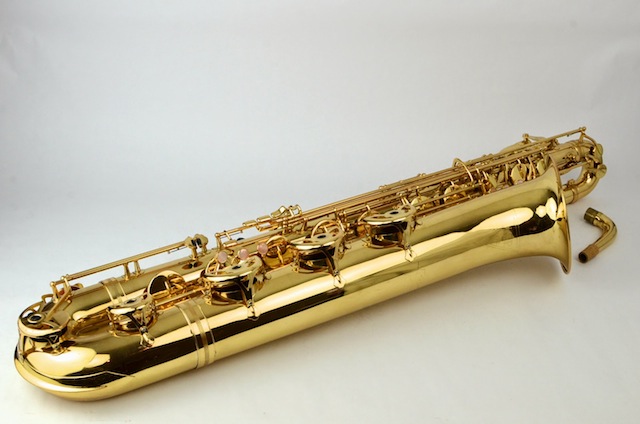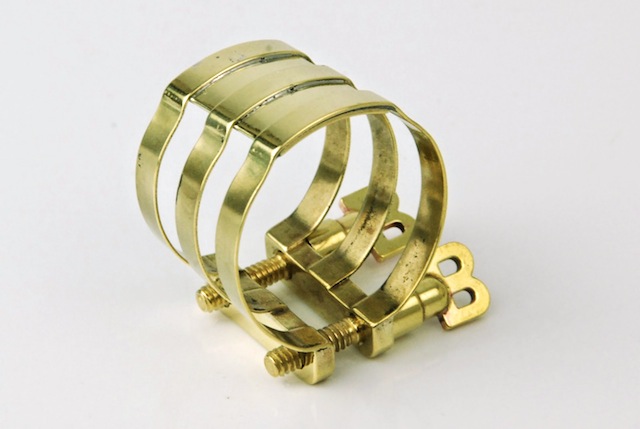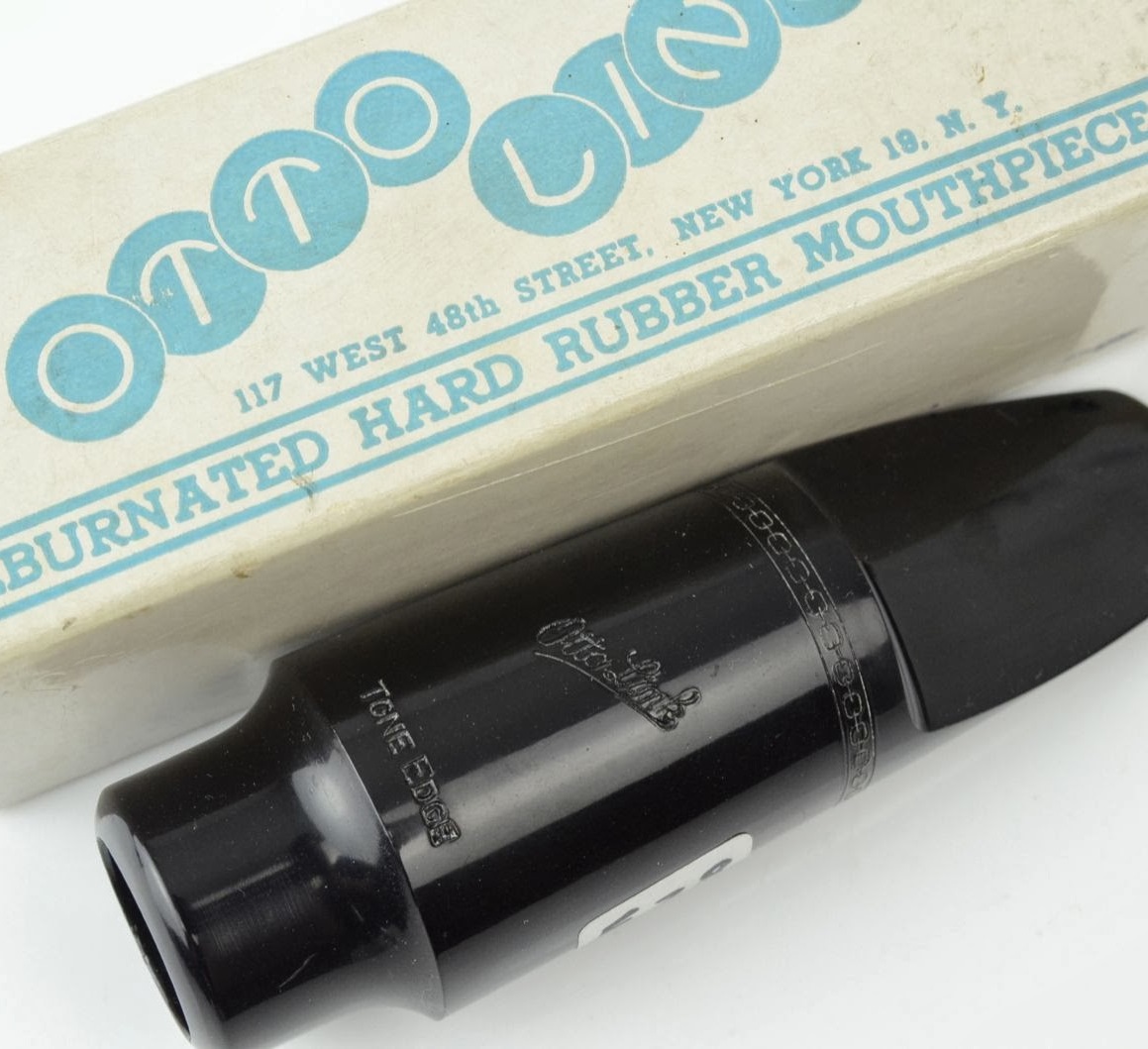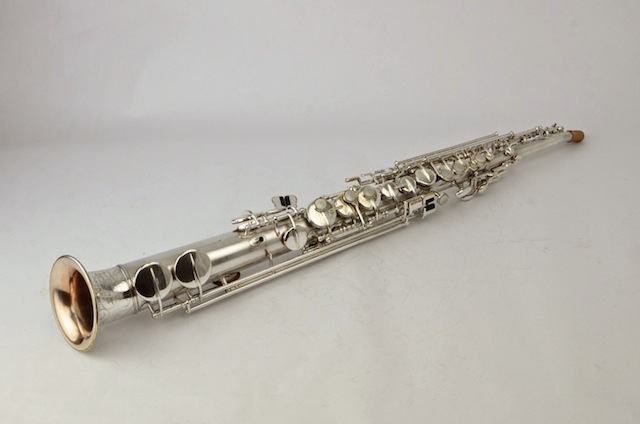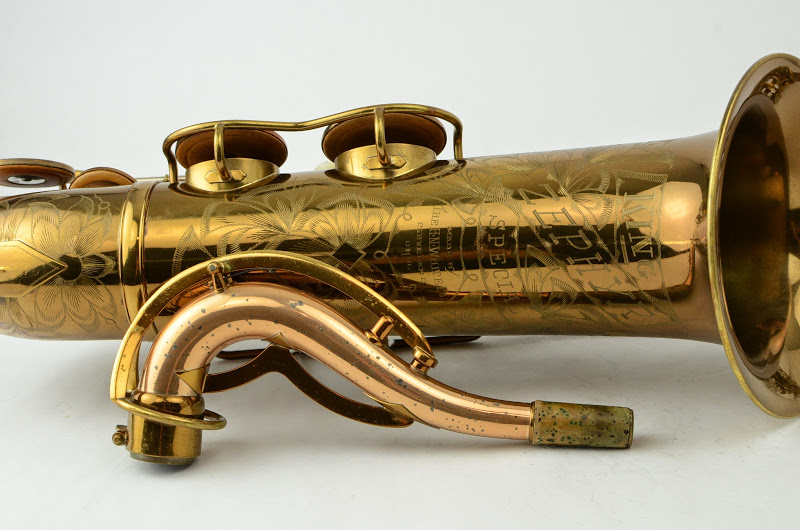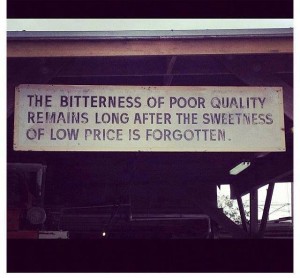Buy a Saxophone the Smart Way the First Time!
Buying your first saxophone can be difficult and confusing. It is easy to make an expensive mistake and buy piece of junk for a lot of money. But even for $50 a month rented or for $850 bought outright, you can get a great first saxophone that will hold up well over time.
This buyer’s guide will help you to save big money and buy the best student saxophone the first time. When you google ‘buy a saxophone,’ you are likely to be bombarded with ads for cheap saxophones for sale on Amazon, Wal-Mart, eBay, and at chain music stores. Yes, they are shiny. But not all that glitters is gold.
The first thing you need to know is this: DO NOT BUY one of these instruments.
Why not? You will be throwing your money away. Don’t take my word for it. Go on Facebook and ask one of the Saxophonists groups whether you should buy one. You’re guaranteed to get a torrent of negative responses from teachers and pro players. They will tell you to avoid these instruments. Every week or so, there is another discussion of these worst-of-all-saxophones, that is full of the rudest possible descriptions of their quality. Or ask literally any woodwind repair shop what they think of the Wal-Mart or Amazon (or whatever) saxophones.
Short answer – repair shops HATE these saxophones because they are a nightmare to work on. Why? Many reasons – they are built wrong in the first place. Posts are in the wrong place, rods don’t fit correctly, the pads are lowest quality and don’t seal on the tone holes. Tone holes are not level. The metal is so bad that you can’t even work with it. I have had parts break off of these saxophones in my hands, and the ‘pot metal’ sometimes crumbles like bread crusts. They are cheaper to throw away than to repair, which is a sad waste. So whatever you do, please avoid those.
This poor build quality makes them disappointing to play. So much so, that even a couple of months after getting one, your child may feel like quitting saxophone because it is just ‘too hard.’ Saxophone is really not a hard instrument to play. It’s the cheap saxophone that makes music hard. The mechanical problems add up to serious problems getting a decent sound out. Do I sound annoyed? I am. The reason I started finding good used saxophones to sell was for my own saxophone students who were not able to make progress on their cheap big box retailer brand saxophones.
Why are these instruments sold at all? Because of the big profits involved for music retailers. The average store brand cheap Chinese saxophone costs the store right around $200 to buy from China including shipping. But it gets sold for anywhere from $500-$1200 depending on where you buy it. Or if you do rent-to-own through a music store chain, you might pay $50 per month for 36 months for one of these saxophone-shaped-objects, only to find out when you go to sell it later that it is basically worthless on the used market. All that money is pure profit for the store, and you, the unsuspecting band parent, are the loser. Don’t throw your money away.
What should you do instead?
I thought about this for a long time, and you have basically four options as far as I am concerned.
Option 1 – Buy a new Yamaha YAS-26 alto saxophone or a Yamaha YTS-26 tenor. This is the standard advice from band directors to band parents. Yamaha is a well-respected brand, and has some resale value down the road. These can be expensive, so if you go this route, please contact me, because I can help you out here in a BIG way. I’m a Yamaha dealer, and I can give you some valuable advice on how to buy one of these intelligently. They do depreciate a lot if you pay full retail.
Option 2 – Buy a used Yamaha YAS-23 alto or a YTS-23 tenor. I used to advise people to buy a bunch of different models of student alto, but really, the Yamaha 23 and the Vito Yamaha YAS-23 are probably the best all-around first saxophone ever made. It was made in Japan, as opposed to the 26 which is made in China. Ask any group of experienced saxophone players, and you will be surprised how many of them used to play a YAS-23. This is no accident. It plays GREAT, and so it makes you want to play the saxophone. So you get better at saxophone and have a good chance of enjoying music for the rest of your life. I’m adding here (because people asked me to) that there are some other good student saxophones with modern keywork that you can also look for: Selmer AS300, AS500, and Selmer Bundy II being the main three. They are not as durable as the YAS-23 though, so you need to get a potential instrument inspected by a band repair shop before buying if you can. You might also look at a Chateau 50 series alto or tenor in the $1600 and under category. They’re well made and affordable, and have some kid-pleasing finish options.
If you want to buy a used YAS-23, the main thing you have to think about is not just the cosmetic condition, but the condition of the pads. It can be tempting to simply look for the shiniest used saxophone and buy that. Don’t focus only on shiny. Scratches from use have no effect on the quality of the instrument. Many of my favorite saxophones have worn finish, scratches, and various minor past repairs. That’s NO problem. But you should be picky about playing condition. Replacing all the pads on a used saxophone will cost you around $500-750 on a typical YAS-23. You are paying for about 15-20 hours of skilled labor+ materials to replacing everything on a used sax that can be replaced, so that it is back to top playing condition.
When I sell a YAS-23 or other high quality student Yamaha (200AD, YAS-475, YAS-575 etc.) I will describe the pad condition, so that you know what you are getting. If you buy a random used Yamaha, assume that the pads are old and will at least mostly need to be replaced. On average, it costs around $300-450 per horn to get the pads into very good shape to last you a long time. Yamahas are favorites of woodwind repair shops because they are well made and they are durable and easy to repair and to keep in top playing condition. Budget about $75 a year for upkeep on any saxophone new or used, and take it in to the shop at least yearly, or if it stops playing well. Often a quick and easy fix gets your horn back playing its best. A YAS-23 in very good playing condition should cost you in the $700-850 range, depending on how much pad work it got. If it just got a complete, $750+ overhaul of all new everything, expect to pay more than that. But with old pads, but good mechanical and cosmetic condition expect to pay around $500. You can get them on craigslist or whatever for $300 at times, but if yours turns out to have one significant mechanical problem from being knocked around by school kids for years, then your repair costs will be a lot higher, so it can be a wash. The simplest is to buy one that has already been tuned up with good pad work by a good repair shop. I can find you one and get it fixed up for your student if you send me an email at getasax@gmail.com
Check the altos category (scroll down) to see what I have available, or click here: https://www.getasax.com/product-tag/yamaha/
Option 3 – Rent a YAS-23 from GetASax or another shop. If your local music store will do rent to own on a well-maintained Yamaha, that could be a good move for you. If you want to rent one from GetASax, this option is available by request. Email me at getasax@gmail.com if you want to reserve a spot on the rental list for a Yamaha 23 starting this fall. It will be about $50 a month, and you get a free included yearly tune up with that, which is a big plus. If you want a great instrument but you can’t drop $800 on a good student horn all at once, this may be the one of the better options out there. Particularly if you’re within driving distance of NC, but even if not. It only costs about $40 to ship you one with a signed rental agreement and payment info on file.
Option 4 – Skip right to a used pro alto saxophone. I have said this before, but pro saxophones are NOT for more advanced students. They are easier to play than student saxophones, not harder. They are priced typically in the $2000-2300 range. They retain almost all of the value that you put into them. If you buy a new store brand alto from a chain store, you might pay $1200-1600. Walk out the door, and that sax is worth $200 on the used market. Yikes! Buy a used Yanagisawa A901 or Yamaha 62 or a handful of other models for, say, $2200, and when you go to sell it in 5 years, it will still be worth that same $2200! It’s kind of amazing. And in the meantime, it will play easier, and have a better tone and easier intonation than almost anything else on the market.
Buying a used pro horn means tying up money in a saxophone that you can get back out later. Keep it and play it and enjoy it, knowing that you can cash out at any time and get your money back. Expect to be able to get a 80-100% of your purchase price back on a used pro alto, even if you add some scratches or dings to it over the years. Prices of new pro horns will go up proportionally over that time, making your horn more valuable too.
Again as with the used YAS-23, you are buying not just the sax, but the pad condition. Plan on a pro overhaul costing $700-$1000 if it needs to be done, so beware of what might look like a deal that is too good to be true. As a rule of thumb, most used modern pro horns like Yamaha and Yanagisawa can play great with about $300-400 of pad work done to fix anything that may have happened over the first 10-20 years of moderate use. That’s what I tend to sell a lot of, because that puts you in that sweet spot price wise of around $2k-2300 that a lot of parents of serious students want to be spending either for a horn that will last for as long as you want to play it.
Saxophones don’t really wear out if you take care of them. I am also happy to sell you a brand new Yamaha, P Mauriat, Yanagisawa, or other pro saxophone for the best possible price. Just send me an email at getasax@gmail.com and let me know what you want, and I’ll get you the best price.
Buy the right saxophone the first time, and you can play it for a lifetime.


